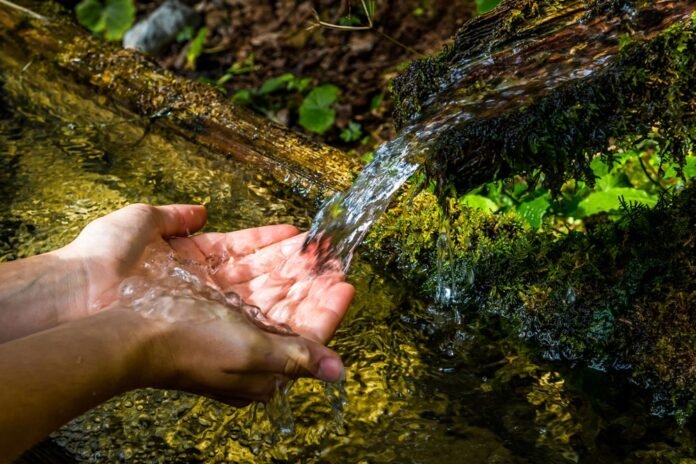Elena Romanovna, why were the springs drained?
Elena Cherepanova: We are now going through a dry period, similar to the one that was observed in the Urals in the mid-70s of the last century. Rainfall is scarce, winters do not snow. The snow melts quickly, the water runs into the rivers without penetrating the underground horizons. Have you noticed how the last two summers have been? Prolonged heat is not typical for the Middle Urals. In the last century, this situation was observed in 1975-1976. Later everything returned to normal: abundant rainfall, a gradual rise in the water level in rivers and aquifers. Low water periods are replaced by high and medium water periods. Everything in nature is cyclical. Therefore, we expect changes in one or two years. There is no disaster.
Can we expect the fontanelles to recover?
Elena Cherepanova: Of course, if the natural cycle in terms of rainfall resumes. Or, for example, one winter after another will not be too cold. In such winters, the earth freezes a lot, melt water does not penetrate into the underground horizons, but rolls into the rivers.
And you can drink from all the springs, is the water good in all?
Elena Cherepanova: Not at all. In the early 2000s, the district administrations dealt with the quality of the water from the springs. In every settlement, village there is a spring that people trust and drink water from it, but isn’t it dangerous? The districts turned to our Ministry of Natural Resources. He commissioned the specialists of the Ural hydrogeological expedition to examine 184 springs and wells of social importance, from which the population draws drinking water. Hydrogeologists examined these sources and the territories surrounding them, conducted research on water in the Rospotrebnadzor laboratories, studied its chemical composition and came to a conclusion: the source is suitable for non-centralized water supply. The experts recognized that the water from 134 springs and wells is suitable for drinking. Of the 50 springs, it was not recommended to use water for drinking, because there was an unfavorable ecological and sanitary situation in the area where the spring flows. For example, above the spring there was a stable and the nitrate level was increased. Subsequently, part of the springs with good water quality was endowed.
How to understand without tests if you can drink from a spring?
Elena Cherepanova: Spring loves the sanitary cleanliness of the territory. Therefore, when you get to it, walk 200-300 meters uphill, along a stream, a beam, see if there is a landfill there, even if it is abandoned, industrial estates, stables, dumps or ash dumps, rural houses. . If any of this is so, stop everything! You don’t have to try it. You can smell the water, see if a film of petroleum products floats on the water, assess the transparency and temperature. The spring water is cold, on the horizon between 4 and 6 degrees… If nothing has alerted you, try it.
How to take care of a spring?
Elena Cherepanova: It is necessary to take care of the sanitary cleanliness of both the site itself, where the water comes out of the ground, and the territory upstream, along the slope. Make sure that no unauthorized buildings, dumps, cesspools or toilets appear here; this will destroy it. The administration of the settlement and active residents should be attentive to what is placed next to the spring: think about whether this will affect the quality of the source. It is advisable to strengthen a person’s trust and love for springs with information about the suitability of water for drinking, its chemical composition. It is necessary to improve the sites around the source, to equip the plum trees of the springs so that the water does not stagnate. Everything else will be done by nature itself.
Meanwhile
On the instructions of the Federal Agency for Subsoil Use, hydrogeological surveys are carried out throughout the country, including the Urals, one of the tasks of which is to assess the quality of groundwater, including spring water. The quality of spring water is studied according to 46 indicators. The investigation in the surroundings of Yekaterinburg will last until 2025. Based on its results, the experts will assess what changes have occurred in the chemical composition of the spring water since the previous hydrogeological study in 1972. In the previous three years, the survey was carried out carried out in the areas adjacent to Chelyabinsk. It is planned to continue hydrogeological work in the Middle Urals in the vicinity of Nizhny Tagil, Nevyansk and Kirovograd.

